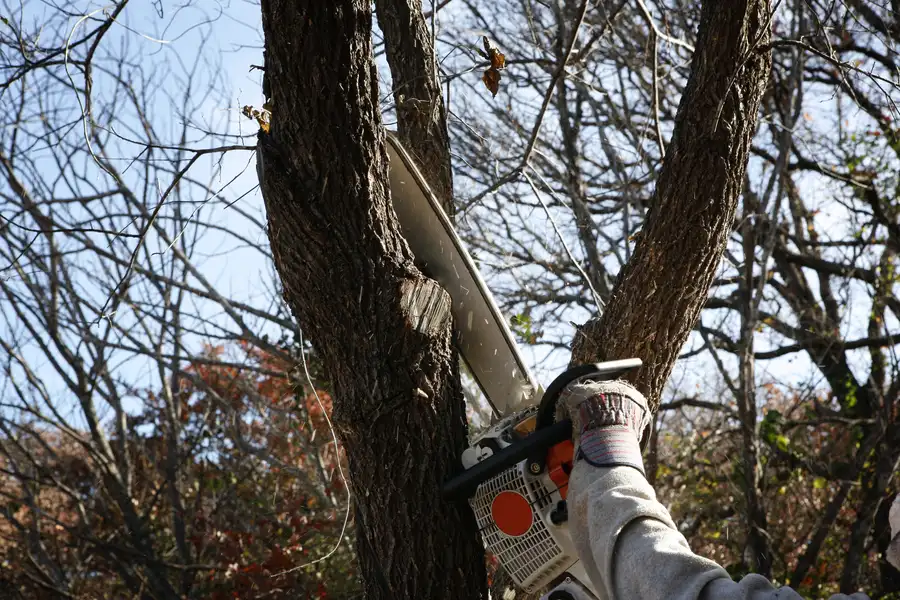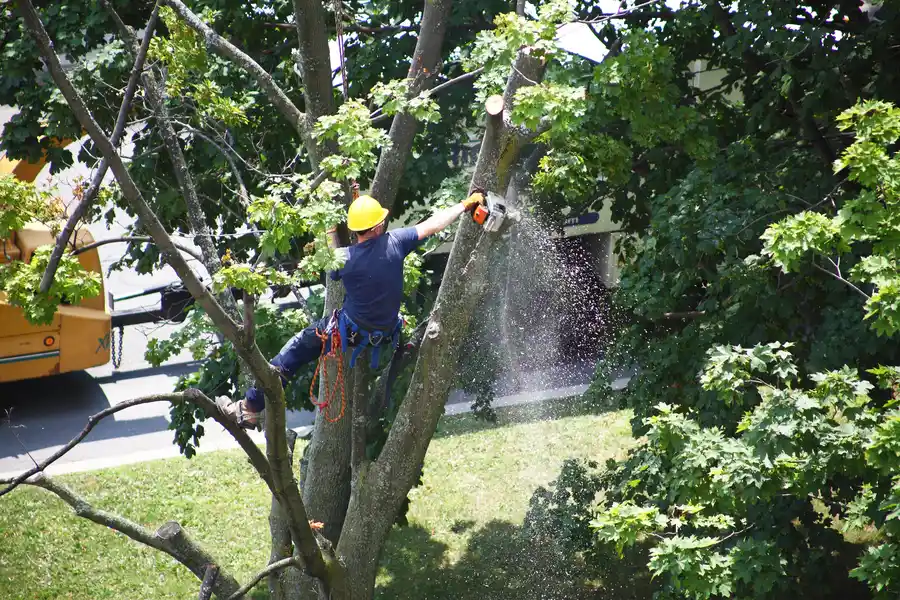Strategies for Handling Trees After a Storm
Storms can wreak havoc on trees, causing branches to break or entire trees to fall. This damage not only affects the landscape but poses risks to safety and property. Understanding how professional services manage these issues is crucial. They employ strategic methods to assess, remove, and restore affected areas, ensuring both safety and minimal disruption. This guide explores the critical steps involved in managing storm-damaged trees, highlighting the importance of expertise in such delicate operations.

The Importance of Timely Action
After a storm, quick action is essential. The longer damaged trees remain unattended, the greater the risk they pose. Broken branches can fall unexpectedly, and uprooted trees might collapse further. Addressing these dangers promptly prevents accidents and minimizes further damage to surrounding structures. Professional services are equipped to act swiftly, ensuring that any potential hazards are neutralized as soon as possible.
Assessment Techniques Used by Professionals
Tree removal specialists start with a comprehensive evaluation of the damage. This assessment helps them determine which trees can be saved and which ones need removal. They look for signs like cracked trunks or compromised root systems that indicate instability. Using this information, they develop a plan that prioritizes safety while trying to preserve as much of the natural environment as possible.

Safe Tree Removal Methods
When tree removal becomes necessary, experts use techniques designed to reduce risk. They often cut large trees into smaller sections before removing them. This method allows for controlled dismantling without endangering nearby structures or people. Specialized equipment helps ensure precision and efficiency during these operations.
Restoration and Cleanup Processes
Once the immediate threats are managed, attention turns to restoration. Removing debris and repairing landscapes are vital steps in this process. Professionals clean up broken branches and fallen leaves, helping return the area to its original state. Restoring land may also involve planting new trees where possible, contributing to environmental recovery.
The Role of Equipment in Managing Damage
Professionals rely on a range of equipment to handle different aspects of tree damage. Chainsaws, cranes, and wood chippers are common tools used during tree removal processes. These tools allow for precise cuts and efficient disposal of heavy materials. Knowing how to operate this equipment safely requires training and experience, underscoring the value of hiring experienced professionals.
Preventive Measures for Future Storms
A key part of managing storm-damaged trees involves preparing for future events. Regular maintenance and inspection can greatly reduce potential damage from storms. Trimming overgrown branches and removing weak trees can prevent significant problems when severe weather hits. Engaging professionals for regular check-ups ensures that your landscape remains safe year-round.
- Regular trimming reduces branch weight.
- Inspect trees for disease or rot regularly.
- Ensure proper drainage around tree bases.
- Select wind-resistant species for new plantings.
Cost Considerations and Value Propositions
The cost of managing storm-damaged trees varies based on several factors including the extent of damage and the size of the trees involved. Investing in professional services might seem costly initially, but it can save money in the long run by preventing more significant issues later on. Protecting your property and ensuring personal safety offer invaluable returns on investment.
Your Trusted Partner for Tree Management
For expert assistance with tree management after storms, V&V Lawn Care provides comprehensive services tailored to meet your needs. Our team operates throughout Chester, VA, ensuring rapid response and effective solutions. Contact us at (804) 531-9543 today to discuss how we can help safeguard your property against future storms.